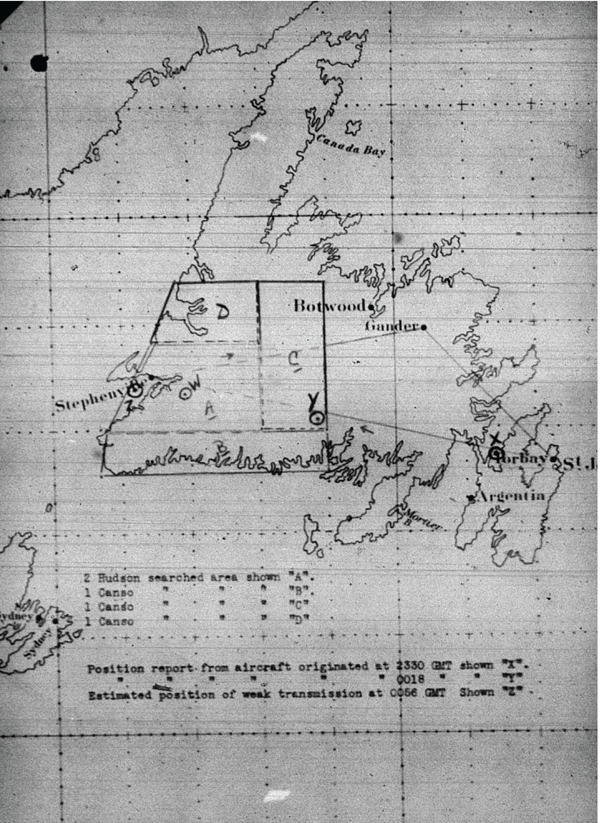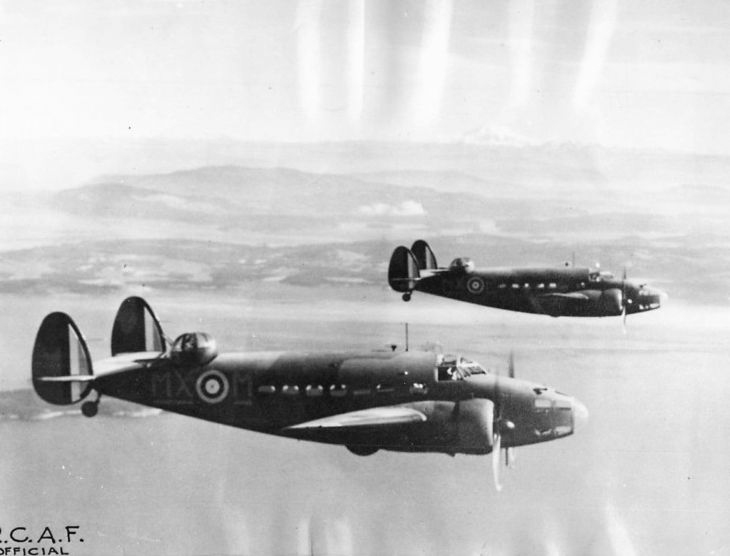 From
Missouri to Newfoundland to Arkansas
From
Missouri to Newfoundland to Arkansas
 From
Missouri to Newfoundland to Arkansas
From
Missouri to Newfoundland to Arkansas
 2017
2017Click on image for larger format |
Click on image for larger format |
| Maps of Canada and
Newfoundland. Torbay is just outside of St. John's |
|
| The American
Presence in Newfoundland and Labrador Under its Leased Bases Agreement with Britain, the United States had obtained permission in 1941 to establish military bases in Newfoundland in exchange for 50 of its aging destroyers. Prior to that, the United States had avoided any involvement in the war, having suffered heavy casualties during the First World War. However, with the fall of France to Nazi Germany in June 1940, the American government recognized a need for additional bases to better defend the Western Hemisphere. The first American troops arrived at St. John’s in January 1941. In the coming months, Newfoundland and Labrador became one of the most highly militarized places in North America as the United States spent more than $100 million to build military bases in St. John's, Argentia, and Stephenville. Excerpt from Article by Jenny Higgins.  2006, Newfoundland and Labrador Heritage Web Site
2006, Newfoundland and Labrador Heritage Web Sitehttp://www.heritage.nf.ca/law/cdn_pres.html |




|
All material not in the public domain
 2017-2021
2017-2021Leonard H. Cizewski & Anne Gafiuk Last
Major Update:
Minor Revision: April 2, 2021 Posted: November 8, 2017 Last Reviewed: |
|
|